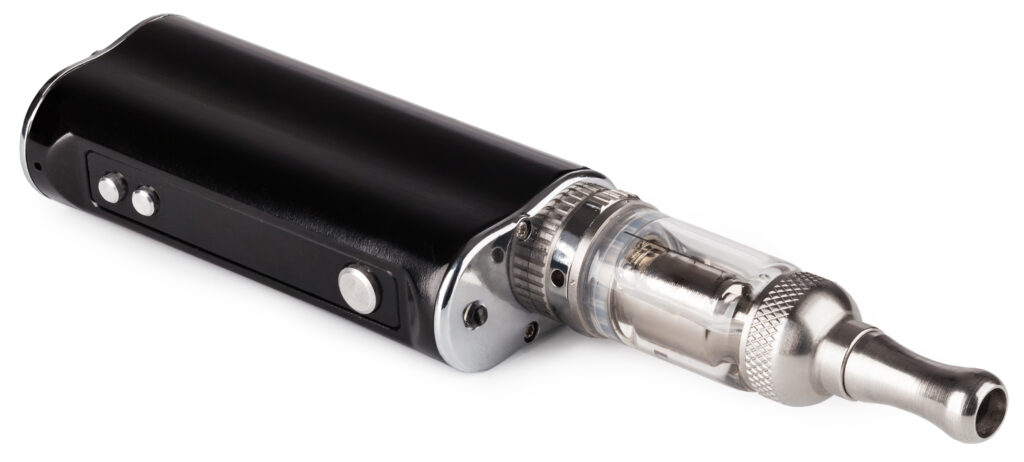A recent study, spearheaded by researchers at the University of Nebraska, unveiled alarming findings. It revealed that adolescents aged 13 to 17, engaging in regular vaping sessions of at least eight times a day, exhibited 30 per cent higher lead levels and twice the amount of uranium in their urine compared to peers who vaped sporadically.
Of particular concern were teens favouring sweet vape flavours over menthol or mint, as they displayed significantly elevated uranium biomarkers. While the study lacked a control group of non-vapers, its implications within a US sample of 200 e-cigarette users who abstained from traditional cigarettes are still unsettling. To safeguard public health, the researchers advocate for further exploration into the potential toxicity associated with e-cigarettes.
Although the study doesn’t conclusively link vaping to metal accumulation in the body, past analyses consistently detected toxic metals in e-cigarette aerosols and vapers’ bodily fluids. In some cases, these levels rivalled those observed in cigarette smokers, posing grave risks to human development due to the known harmful effects of compounds like lead and uranium.

Despite e-cigarettes being marketed as a smoking cessation aid for adults, a concerning trend has emerged. A staggering 10 per cent of high school students in a 2023 US National Youth Tobacco Survey reported current e-cigarette use, with nearly 40 per cent vaping on at least 20 days in the previous month. The overwhelming majority of these users opted for flavoured products, highlighting the allure of these enticing options.
Contrary to its innocuous name, e-cigarette vapour, even when devoid of nicotine, teems with chemicals, including toxic metals like arsenic, chromium, nickel, lead, and uranium. The dearth of research on metal exposure from vaping and its interaction with different flavours exacerbates the mystery surrounding its long-term consequences. Compounding the issue is the significant variation in unlabeled contents across different vaporizer brands and types.
Experts acknowledge that our understanding of e-cigarette vapour remains incomplete. Laboratory studies have shown that tobacco or mint flavours harbour more toxic metals than their sweet counterparts. The authors of the study caution against the heightened uranium biomarkers observed in sweet-flavoured e-cigarettes, especially concerning their popularity among adolescent vapers. Sweet flavours not only mask the harshness of nicotine but also amplify its addictive effects, potentially exacerbating brain cue reactivity.
While this study raises numerous questions, it underscores the escalating concern surrounding teen e-cigarette use, a trend deemed an epidemic by the US Surgeon General in 2018. “Increased uranium biomarkers found within the sweet flavour category are of particular concern because candy-flavoured e-cigarette products make up a substantial proportion of adolescent vapers,” the authors of the current study warn, “and sweet taste in e-cigarettes can suppress the harsh effects of nicotine and enhance its reinforcing effects, resulting in heightened brain cue-reactivity.”

The current study leaves many questions unanswered, but it joins a wave of concern over e-cigarette use among teens, which the US surgeon general described in 2018 as an epidemic. “Nicotine exposure during adolescence can impact learning, memory, and attention,” the Surgeon General’s Advisory reported at the time.
“In addition to nicotine, the aerosol that users inhale and exhale from e-cigarettes can potentially expose both themselves and bystanders to other harmful substances, including heavy metals, volatile organic compounds, and ultrafine particles that can be inhaled deeply into the lungs.” No amount of vaping is safe, no matter a person’s age, but this addictive habit could be especially risky for the young.
The study was published in Tobacco Control.






